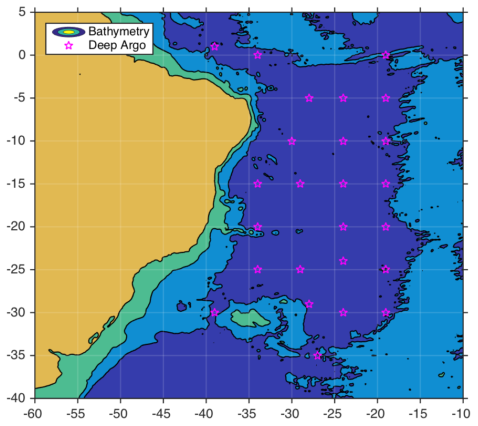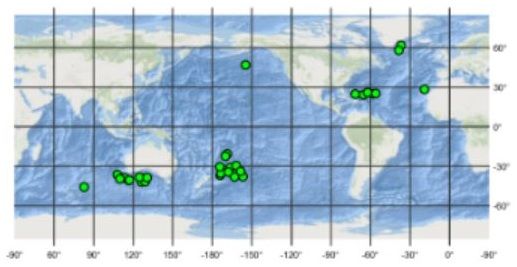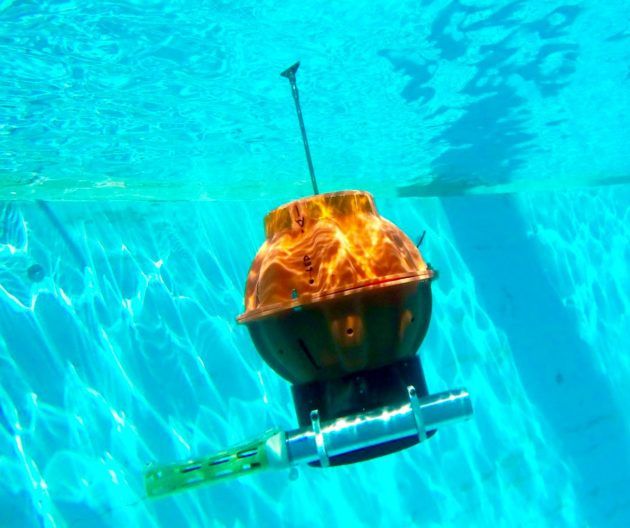Deep Argo will Revolutionize Deep Ocean Observing
Published on by Water Network Research, Official research team of The Water Network in Technology
Scientists estimate that over roughly four decades, 93 percent of global warming heat went into the ocean (the other 3 percent warmed the rocks and land, 3 percent melted glaciers, sea ice and other frozen water and 1 percent went into the atmosphere).
So where is all of that warmer water? Johnson and other researchers have some clues — and are hoping that a new project will tell them much more.
NOAA and Microsoft co-founder and philanthropist Paul G. Allen are launching cutting-edge, high-tech monitors in a project called Deep Argo that will explore conditions in the deepest stretches of the oceans, basins that can reach nearly 4 miles deep.
“Deep Argo will revolutionize deep ocean observing,” said Johnson, the project lead and a scientist at NOAA’s Pacific Marine Environmental Laboratory in Seattle.
Ocean scientists have a robust monitoring system for the upper ocean, which spans the surface down to about 2,000 meters, or 1.2 miles. Through the international Argo program, more than 3,770 floats worldwide are continually taking measurements used to track temperature, salinity and other conditions.

Map of the planned locations for the Deep Argo float deployments in the Atlantic Ocean east of Brazil. (NOAA)
But data from deep in the oceans have mostly been collected on cruises conducted about once in 10 years beginning in the 1990s. That provided snapshots of information that was useful, but difficult for recognizing trends. Deep Argo can help change that.
The project will use new glass floats designed to withstand the extreme pressure experienced under the weight of miles of water. It takes one of the floats about a day to sink to the bottom of the ocean. It returns to the surface for only 15-30 minutes to send data to scientists via a radio satellite phone. Its buoyancy is controlled by adding or removing oil from an external bladder.
The researchers are going to test five of the floats in coming months before ordering an additional 28 if they work out. The new devices are a bit of a gamble.

Current locations of Deep Argo monitoring. The new project will double the surveillance. (NOAA)
Once data are collected and verified as valid, the information will be released online for anyone to analyze.
The oceans are not uniform and can have distinct layers of water of different temperatures, salinity and density. Researchers already know that the deep ocean water is warming in many places. Some scientists estimate that the volume of cold, salty water at the bottom of the Antarctic Ocean has been shrinking by 10 percent a decade since the 1990s.

Testing a Deep Argo float in at swimming pool at Scripps Institution of Oceanography.
(Ben Reineman / Scripps Photo)
The Deep Argo research can help address numerous key climate issues including:
- How much heat can the oceans continue to absorb before more will go into the atmosphere, and how will that affect warming trends?
- How quickly is the deep ocean warming?
- How might the warming and changes in salinity affect currents that circulate the world’s ocean water, which also affects land temperatures?
- How much will the warming worsen sea level rise, given that warmer water is less dense and therefore takes up more space?
Source: GeekWire
Media
Taxonomy
- Monitors
- Water Monitoring
- Environment
- Climate Change
- Aquatic Environment
- Climate Change Adaptation
- Oceanographic Survey